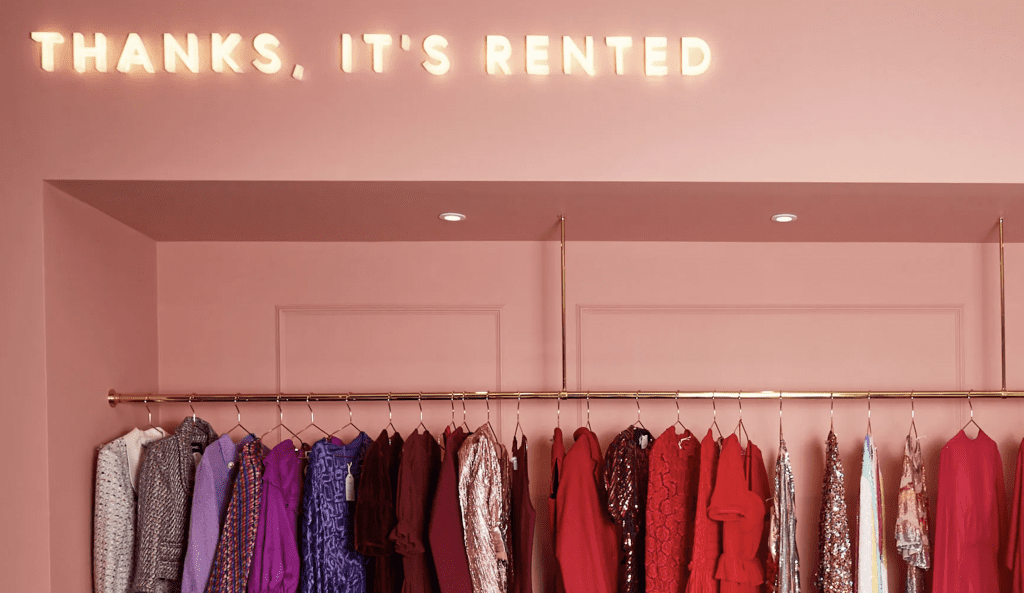Prada plans to cut down on the number of wholesale partners stocking its products in Italy and Europe in an attempt to enjoy uniform pricing throughout the market, and to stomp out markdowns of its high fashion wares. The announcement comes amidst a larger attempt by the Milan-based brand to regain its footing after years of falling sales. To date, this also includes swearing off end-of-season sales within its stores and relegating unsold goods to its network of outlet stores
Reuters reported on Tuesday that while Prada plans to cut ties with “some Italian and European wholesale partners,” it will “gradually replace them with new digital and e-commerce players.” The publication further stated that “Prada joins a number of rivals that have been striving to control pricing policies better as they face an increasingly fragmented market, in which prices have been put under pressure by booming online sales.”
Chanel, for instance, has been active in recent years in its efforts to fight price arbitrage. In a fashion context, this sees consumers purchase products in one market in order benefit from lower prices due to fluctuating currencies, and then selling those goods for a higher price in a different market. Such pricing discrepancies give rise to a burgeoning grey market, in which genuine products are purchased from one market (i.e., a country or economic area) that are subsequently imported into another market and sold there without the consent of the owner of the trademark,” as well as the Chinese-specific multi-billion dollar daigou trade. The latter of which sees “personal shoppers” travel outside of China to buy products – namely, luxury goods that are cheaper beyond China’s highly-taxed borders – on behalf of customers in mainland China.
The lack of globally uniform pricing is precisely why Chanel announced in March 2015 that it would raise prices for some of its handbags in Europe, while dropping them in Asia. The Paris-based brand said in a statement at the time that such adjustments would enable it to offer products at “harmonized” prices to customers across the globe. The move was driven, at least in part, by the depreciation of the euro against the Chinese yuan by more than 15 percent between 2014 and 2015.
Skip forward to last year and Louis Vuitton, Gucci, and Hermès, among others, adjusted their pricing in furtherance of a price harmonization strategy.
Despite generally “shying away from sensitive price adjustments for fear of diluting their brand image, particularly in cases when price point has been a bench mark associated with the desirability of their products, brands are increasingly taking a leap of faith by implementing price alignment strategies across key markets,” per Euromonitor.
Consider Prada on board.











